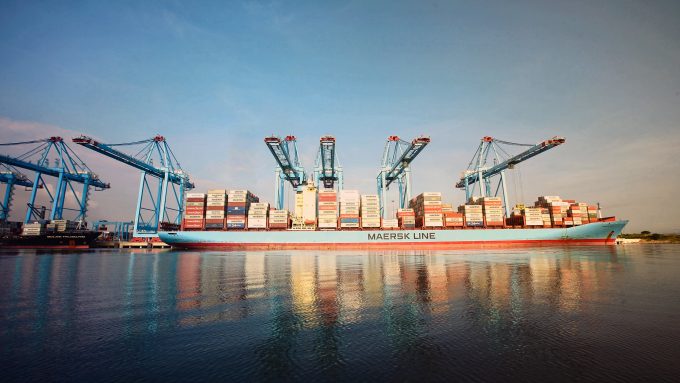Maersk vessel forced to omit Cape Town as congestion mounts
The port of Cape Town is facing significant congestion, which is set to worsen this ...

Toyota is looking at alternative gateways for its new Prius model as the port of Lázaro Cárdenas is inundated with auto imports. It is an ominous sign for movement of auto parts, as the Mexican auto industry is going through the roof and demand for vehicles is strong both in Mexico and the US.
Toyota is planning to get some 3,500 units of its new Prius model into Mexico before the end of the year and has aimed to ship about ...
Volcanic disruption at Anchorage could hit transpacific airfreight operations
Macron calls for ‘suspension’ – CMA CGM's $20bn US investment in doubt
Forwarders stay cool as US 'liberation day' tariffs threaten 'global trade war'
Shippers snap up airfreight capacity to US ahead of tariff deadline
De minimis exemption on shipments from China to the US will end in May
Tighter EU import requirements proving 'a challenge' for forwarders
Looming Trump tariffs will create 'a bureaucratic monster' for Customs

Comment on this article